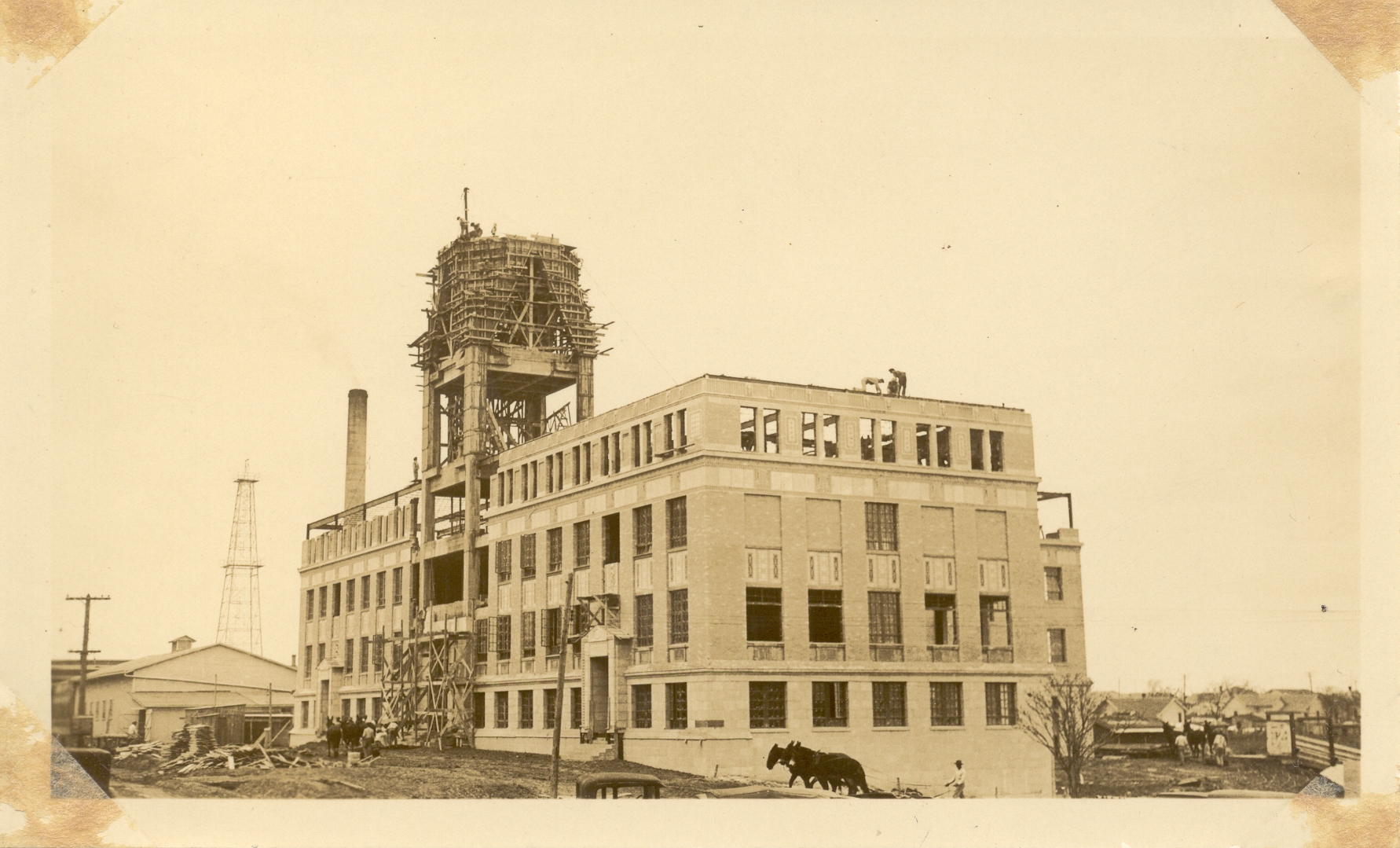 The first geology course taught at Texas A&M University was offered in 1903 in the Department of Chemistry and Mineralogy, just two years after the Jan. 10, 1901, Spindletop discovery near Beaumont, Texas. The current department has its origins in the Department of Geology, established in 1922 in the School of Engineering, initiated with two faculty members and 12 course offerings. The first geology undergraduate bachelor degrees were granted in 1930. The first graduate-level courses were offered during the 1928-29 academic year, and the first graduate degree, a Master of Science in Petroleum Geological Engineering, was granted in 1931. This degree was awarded to a young Mr. Michel T. Halbouty, whose thesis was on the Geology of Atascosa County, Texas. Halbouty later became one of the department’s benefactors, and our building bears his name.
The first geology course taught at Texas A&M University was offered in 1903 in the Department of Chemistry and Mineralogy, just two years after the Jan. 10, 1901, Spindletop discovery near Beaumont, Texas. The current department has its origins in the Department of Geology, established in 1922 in the School of Engineering, initiated with two faculty members and 12 course offerings. The first geology undergraduate bachelor degrees were granted in 1930. The first graduate-level courses were offered during the 1928-29 academic year, and the first graduate degree, a Master of Science in Petroleum Geological Engineering, was granted in 1931. This degree was awarded to a young Mr. Michel T. Halbouty, whose thesis was on the Geology of Atascosa County, Texas. Halbouty later became one of the department’s benefactors, and our building bears his name.
Geophysics was introduced to the curriculum, and course offerings in geophysical methods steadily increased during the 1950s, ultimately leading to the first Bachelor of Science in Geophysics in 1957. The first M.S. in Geology was awarded in 1951, and the first M.S. in Geophysics was awarded in 1959. Doctoral degrees in both Geology and Geophysics were first conferred in 1959. The department was renamed the Department of Geology and Geophysics in 1964 as the School of Engineering became the College of Engineering. It was then split into two departments in 1965, the Department of Geology and Geography and the Department of Geophysics, as academic units of the newly formed College of Geosciences. In 1969, Geography became its own department. The Departments of Geology and Geophysics were merged again in 1995.
With its origins in a school of engineering, the department has always had an emphasis on geological applications. As members of a research university, we are interested in both applications and in fundamental understanding and discovery. The Texas A&M Geology curriculum has always emphasized strong math and science backgrounds. In the 1950s, the geology major required two years of math, one year of precalculus and one year of calculus. Today, we require two years of calculus through differential equations. We continue to offer field-based courses to our undergraduate and graduate students, in addition to laboratory and problem-solving courses.
The Department of Geology and Geophysics is housed in the Halbouty Geosciences Building, built in 1932 and originally named the Petroleum Engineering, Geology, and Engineering Experiment Station Building. A new wing was added and the building was renovated in 1983. Our historic building features beautiful wrought iron trilobites and stained glass crystal forms.
